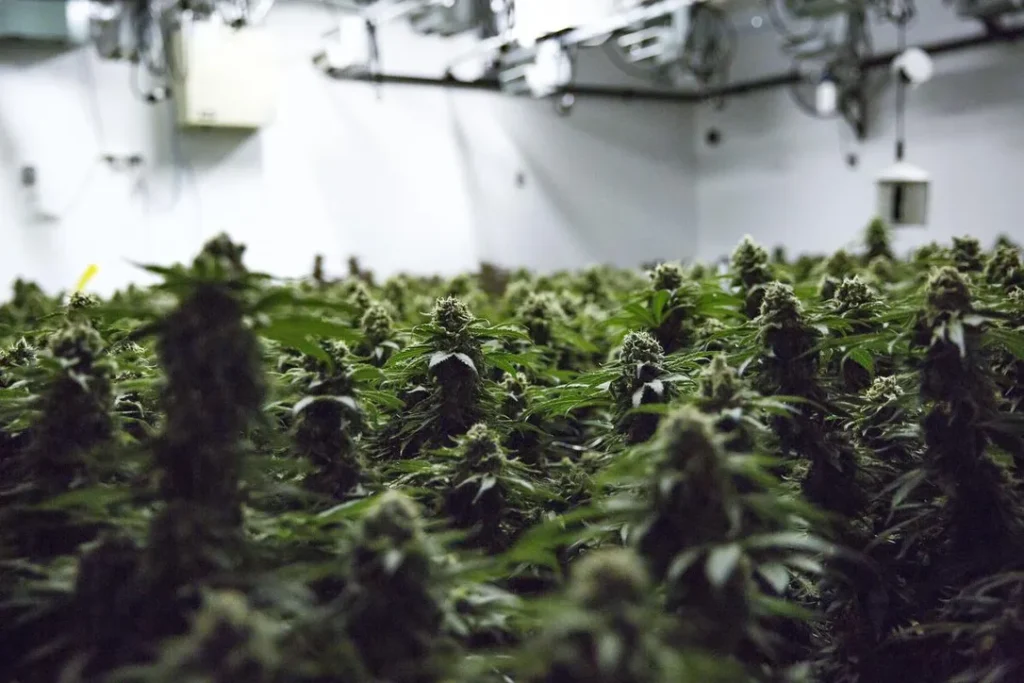
At this week’s Lift Cannabis Business Conference in Toronto, industry professionals gathered to discuss the current state and future of Canada’s cannabis industry.
The event came on the heels of significant news last month with British Columbia joining the list of provinces allowing consumers to order cannabis products through their delivery app. This expansion is the latest development in the distribution of recreational cannabis in Canada, which has been navigating several complex hurdles and barriers since legalization just under five years ago.
Despite this, the industry has worked hard to enhance its competitiveness. As highlighted in EY Canada’s ‘state of the industry’ report, the Canadian cannabis market has continued to grow at a double-digit rate since legalization — rising from a market size of $1.2 billion in 2019 to $4.7 billion in 2022 — with more than 3,000 retail locations in the country.
As the first G20 country to legalize cannabis for adult use and create a national marketplace, Canada stands to set a regulatory blueprint for the rest of the world. But first, there are kinks to be ironed out. Being a new industry, there are many challenges hampering progress before we can fully cultivate the industry’s potential and act as the north star for others to follow.
In an EY Global Cannabis survey of CEOs, executives identified excessive competition (76%), ongoing pricing pressure (73%), and scarcity of capital (42%) as their primary concerns. Others pointed to oversupply and inventory buildup, inefficiencies in the supply chain and excessive government taxes and markups making it difficult to compete with the unregulated and untaxed illicit market. This leaves many cannabis companies unable to reach profitability, with 58% of public cannabis companies surveyed failing to meet board expectations in 2022.
Going forward will require operators to pivot their strategies and realign their goals to see greener pastures ahead, while regulators take the necessary steps needed to strengthen the sustainability of the industry and further reduce the illicit market.
Challenges facing operators and retailers
With more than half of cannabis companies requiring funding in the next 6-12 months, industry leaders need to make strategic decisions today to avoid exiting the industry or becoming insolvent down the line.
Operators need to laser focus on executing efficiently with resolve, grit and a value-oriented mindset — along with a heavy emphasis placed on flawless operational execution and financial management. They must streamline operations overall and learn to operate with limited capital availability, especially given that 50% of global executives in the survey shared that they plan to maintain or reduce overall capital investment.
This will require a strategy based on an understanding of the operator’s financial foundation and the wants or needs of their consumer base. Focusing on clear fields of play where their capabilities can deliver an advantage, will result in a distinct consumer-centric value proposition.
Many of the same challenges exist for cannabis retailers. Notably, numerous retail chains have overextended their location footprint and need to optimize the profitability of those storefronts, based on location and consumer demand.
And there is reason for hope, with 76% of global cannabis executives claiming to have a well-defined business strategy for 2023. But even with a strategic approach in place, operators and retailers will continue to face challenges.
The role of the cannabis regulator
Regulators have a critical role to play in realizing Canada’s ambitions for the cannabis industry.
One regulatory area that has provided relief and helped to address the third objective of the Cannabis Act — i.e., keep profits out of the pockets of criminals — is reducing price margins. The Ontario Cannabis Store (OCS) recently did this, which they estimate will put $35 million back into the hands of licensed operators in 2023, and a further $60 million in 2024.
Operators have also called for the need to revisit promotional prohibition and packaging restrictions. They have also called for a single national excise stamp to replace the current requirement for a different stamp in each of Canada’s thirteen provinces and territories, which significantly increases packaging costs. This would be contingent on harmonizing existing federal and provincial excise duty rates into a single uniform national rate.
Ultimately, if operators and retailers reapproach 2023-2024 with an operational excellence mindset and regulatory changes are implemented to improve the industry’s ability to further reduce the competitiveness of the illicit market, we’ll see a new-found sense of confidence in the future of Canada’s cannabis industry — further strengthening our position as a global leader.


